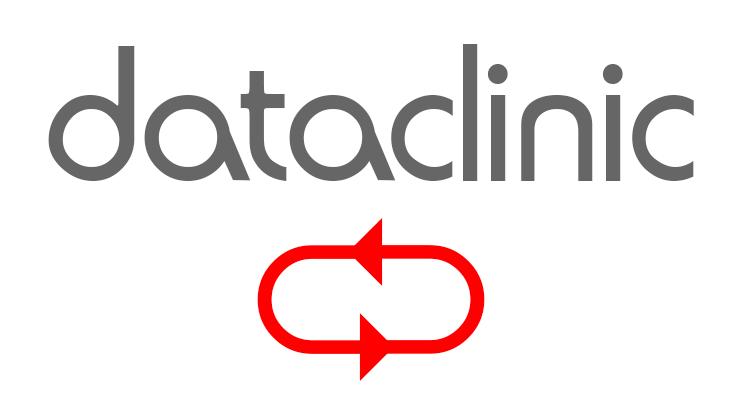Beeping WD My Passport
This page is all about unresponsive beeping hard drives, explaining the fault in more detail and exploring the data recovery options available. We use a WD My Passport hard drive as an example but the information on this page applies to any beeping hard drive, not just WD.
“I have a WD My Passport Ultra 2TB portable hard drive, which I have been taking back and forth to a clients site. Last week the drive when plugged into a USB port has begun to make 7 beeps, then 3 beeps followed by 3 beeps and a pause before repeating itself.”
This sounds very much like your My Passport hard drive has suffered some form of mechanical failure. Although portable hard drives are built to be more rugged and withstand more knocks than the 3.5″ hard drives that go into desktop machines, it’s important to know that all HDD hard drives are mechanical devices with moving parts. If they get knocked, dropped or similar they will eventually fail.
The ‘Standard’ Mechanical Failure
When most hard drives develop mechanical failures the result is a repetitive ticking noise that comes from the hard drive when it is first powered on, and the drive will not be detected. This is the hard drive trying to pass a self test before letting the computer take control of it. Each time the drive ticks it is actually resetting the position of it’s read/write head before initiating the self test again. In cases like this it is the actual read write heads of the hard drive that have failed. These will need to be replaced with a working set of heads before the drive will start to function again properly.
The Beeping Hard Drive
In your case there is a complication. Your hard drive may still have head damage, but there is another problem. Beeping hard drives usually indicate one of two things: Either
Beeping Hard Drive from Chris Seeley on Vimeo. Here’s an example of a beeping hard drive that arrived at the Data Clinic offices for data recovery. In this example the beeping is relatively quiet, some hard drives are much louder than this, but the problem are the same.
(1) The read write heads have stuck to the platter surface and this is preventing the hard drive platter from rotating. This is commonly referred to as static friction or ‘stiction’. Retrieving the data from hard drives with stiction involves freeing the heads from the disk surface without damaging either the heads or the platter and is a delicate operation. Many a hard drive’s data has been permanently lost through the the incorrect removal of stiction. Stiction problems should always be handled by skilled data recovery companies, do not let a well intentioned friend or a PC shop like PC World anywhere near a hard drive with stiction.
(2) The knock or fall has caused the motor inside the hard drive that rotates the platter to seize or become stuck. This used to be a very common problem with Toshiba laptop (2.5″) hard drives several years ago and bizarrely placing the hard drive on it’s side and starting the drive up would often relieve the problem. These days it’s not so easy. Depending on the model of hard drive there are two options, either replacing the spindle motor, or swapping the platters to another hard drive. Both these options are extremely difficult procedures. In the UK, Data Clinic and a couple of other companies are the only one’s that have the capability of doing this. Once again, don’t let a well meaning friend, local IT ‘expert’ or computer shop anywhere near a hard drive with a problem like this.
More information on mechanical hard drive faults can be found on this web site here and in a Q&A here.
Unresponsive Hard Drive? – Need Help?
If you have a hard drive that has stopped working for any reason and you want to get the data off of it, give us a call or fill out the enquiry form to your right. We’ll get straight back to you, or find your nearest Data Clinic data recovery location instead.

